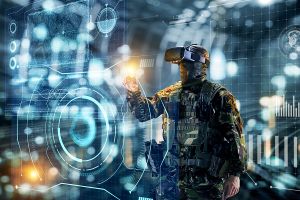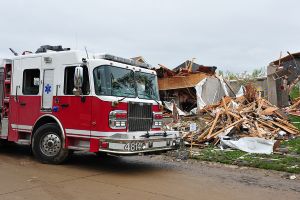 Today's organizations know that stopping 100% of cyber-attacks is not a realistic goal. Rather, the focus has shifted to cyber resilience, "the ability to anticipate, withstand, recover from, and adapt to adverse conditions, stresses, attacks, or compromises on systems that use or are enabled by cyber resources."
Today's organizations know that stopping 100% of cyber-attacks is not a realistic goal. Rather, the focus has shifted to cyber resilience, "the ability to anticipate, withstand, recover from, and adapt to adverse conditions, stresses, attacks, or compromises on systems that use or are enabled by cyber resources."
A critical pillar in becoming resilient is communication and collaboration. The Cyber EO focused on improving the nation's cybersecurity and highlighted the need to improve collaboration with threat intelligence sharing between public and private organizations as well as the creation of cross-government cyber boards. In recent months, key strides have been made in facilitating information sharing around cyber best practices, resource availability, as well as process and policy. Continue reading


 Like many industries, the pandemic forced the court system to rethink how they deliver services and carry out everyday business. Courts had been slow to adopt technology with
Like many industries, the pandemic forced the court system to rethink how they deliver services and carry out everyday business. Courts had been slow to adopt technology with Digital twins
Digital twins Virtual Reality (VR) has strong roots in the military. Long used for training and simulations, the military has helped develop VR technology and continues to innovate in how it can be used. VR continues to be invaluable to tactical, mission training but is also being used in other training areas. For example, the
Virtual Reality (VR) has strong roots in the military. Long used for training and simulations, the military has helped develop VR technology and continues to innovate in how it can be used. VR continues to be invaluable to tactical, mission training but is also being used in other training areas. For example, the  Equity is highlighted in
Equity is highlighted in 
